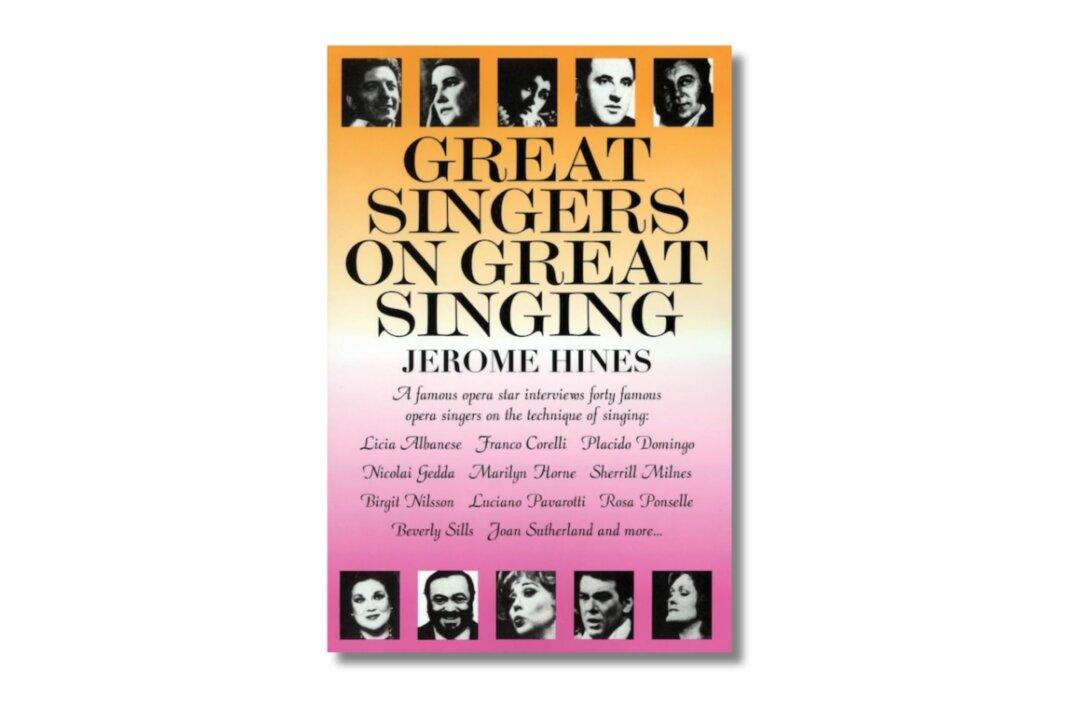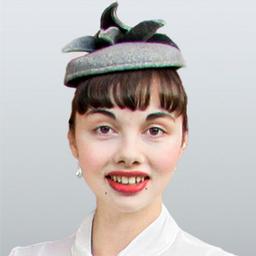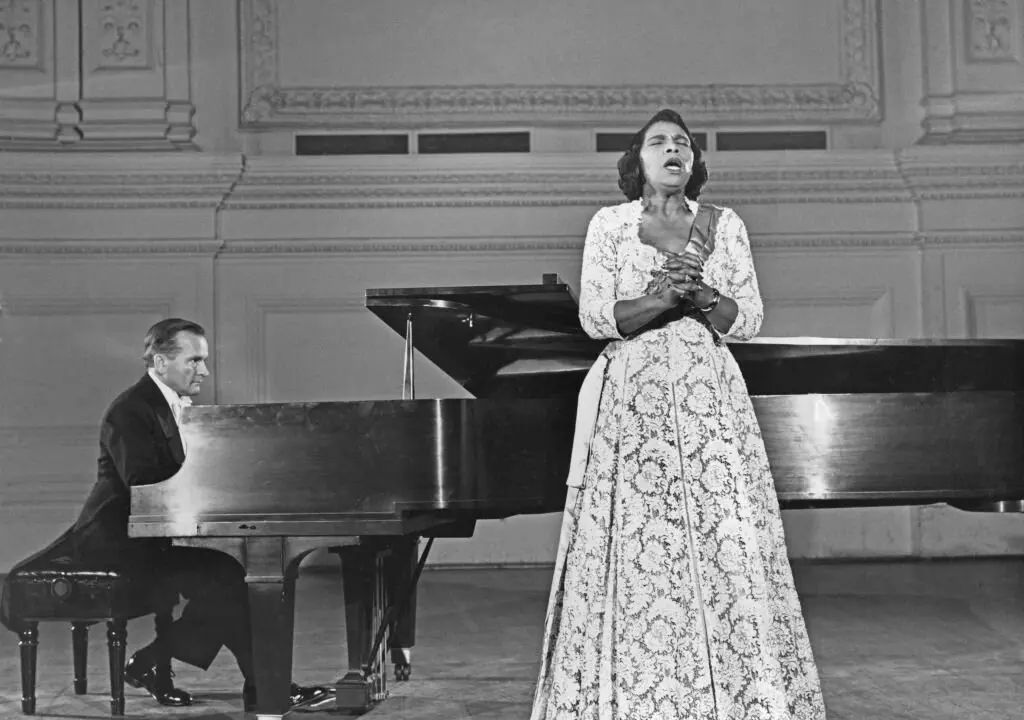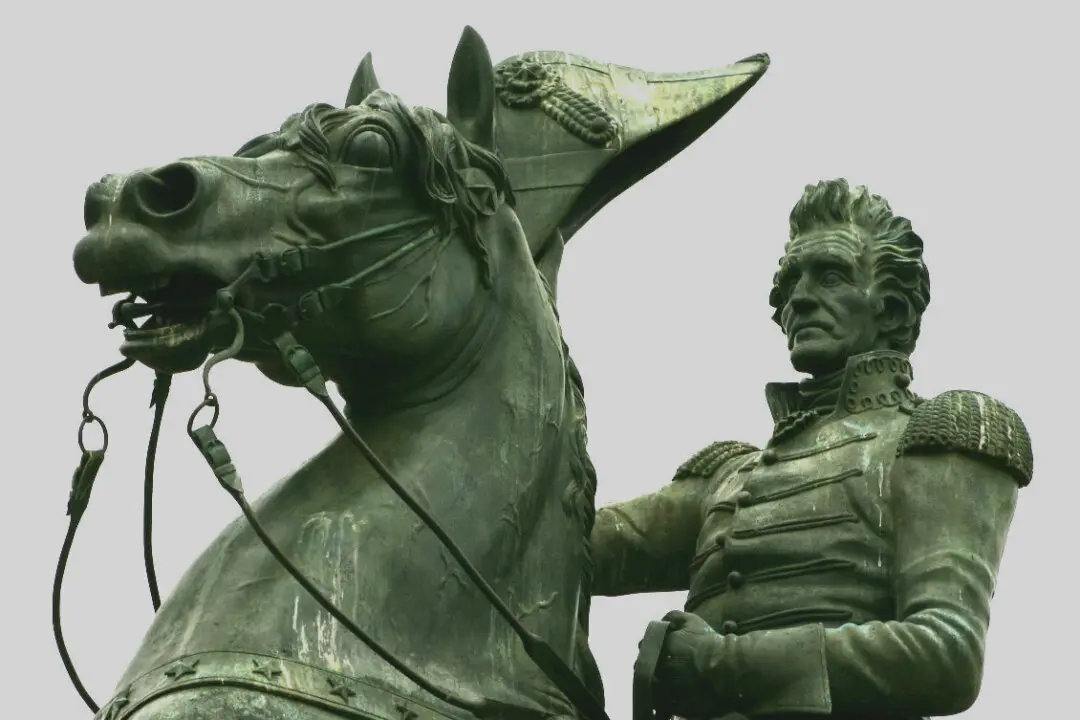Opera is mysterious, impressive, and confusing because it relies on something everyone has, a human voice, which can produce specialized sounds without any additional equipment or tools. The main mystique surrounding opera singers is that there is no amplification, relying instead on precise technique to harness natural resonance.
When phrased that way, opera singing sounds simple. Master the technique of resonance, and you’ll have a powerful operatic voice. Of course, as an opera singer, I’ve discovered that there’s a lot more to opera than producing the right kind of sound. Musicality, foreign languages, acting, and stagecraft are skills that a singer must master to become an accomplished opera singer. Add the right temperament, focus, and a highly trained memory.






